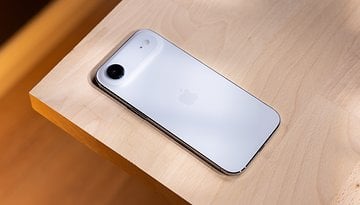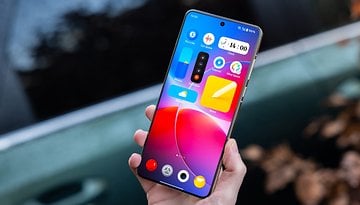Xiaomi Redmi Note 13 Series: All Models Compared
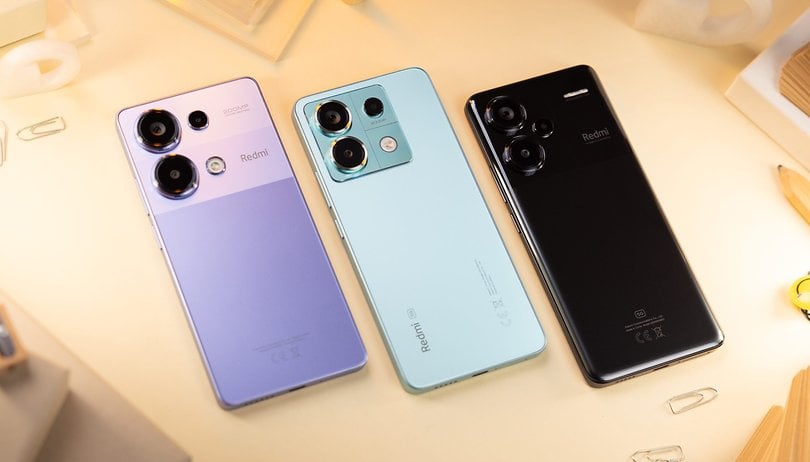

The Redmi Note series is one of the best-selling Android ranges worldwide, and Xiaomi launched five models simultaneously in January 2024. nextpit tested all Redmi Note 13 models and shares with you all the differences between the Xiaomi best-selling phones.
Despite all the attention given to the flagship market, mid-range phones are the workhorses for Android brands, and it is no different with Xiaomi. The Redmi Note series competes with other bestsellers such as the Galaxy A family, OnePlus Nord, and others.
For 2024, the Redmi Note 13 lineup is tasked with the mission to compete in the cutthroat market, with offerings from the entry-level up to the premium intermediate segments:
In typical Xiaomi fashion, specifications can vary according to the market, with Chinese models changing considerably to the same versions sold in India or Europe. Also, as of publishing date, the Chinese brand still doesn't sell its phones officially in the US market.
Redmi Note 13 series: Display and design
With the Redmi Note 13 family covering the big gap between entry-level and premium phones, there are a number of differences when it comes to the design of the phones. Expect to find an all-plastic build on the base model, with the Pro phones shipping with a glass back. As for the Redmi Note 13 Pro+ model, Xiaomi offers a soft-touch "vegan leather" option with the purple color.
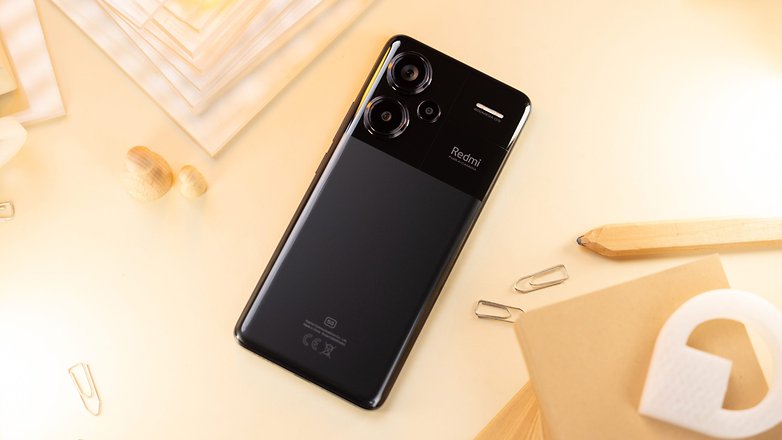
Speaking of the Note 13 Pro+ 5G model, it is the only one rated for IP68 water and dust resistance, with the other models only rated for IP54 splash resistance. Finally, the Plus is the only model with a curved display, with all the other Redmi Note 13 using a flat display.
On the display side, Xiaomi standardized on a 6.67-inch AMOLED panel with 120 Hz refresh rate for its 2024 mid-rangers. Look closely, though, and we can find a slight difference in the resolution, with the base models offering a FullHD+ (2400 x 1080 pixels) panel and the 5G Pro phones sporting an unusual 2712 x 1220 pixels resolution. Considering the big screen size, some people will probably notice the bigger pixel density on the more expensive models.
Redmi Note 13 phones CPUs and connectivity
2024 won't be the year that the Redmi Note will abandon 4G. Xiaomi will most likely only offer 5G models in some countries, but online listings mention at least two 4G models for the Redmi Note 13 series.
The Redmi Note 13 4G is powered by a rather old Snapdragon 685 (a small upgrade on 2021's Snapdragon 680 chip). While the Redmi Note 13 Pro 4G is rumored to be equipped with a MediaTek Helio G99 Ultra (also a small upgrade on a 2021 chip, the Helio G96). In both cases, performance should be competitive with the price-range, also considering the usage of relatively fast standards for storage and RAM.
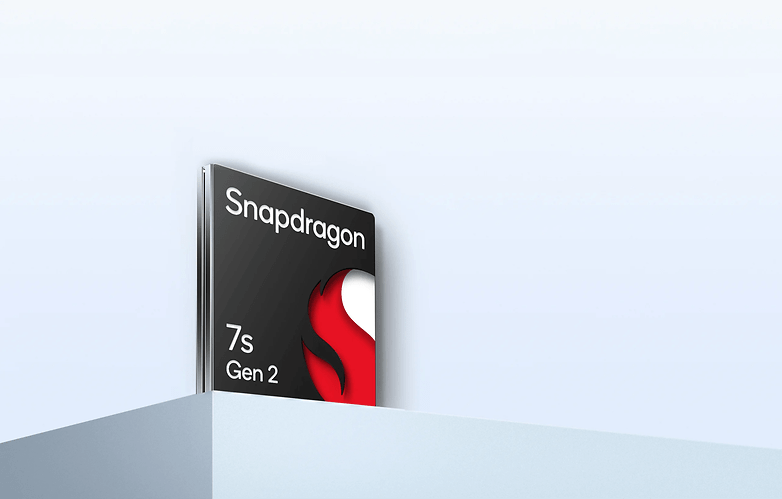
The base 5G Note comes with a MediaTek Dimensity 6080 5G SoC, which on paper is a TSMC N6 die-shrink of the (2020's) Dimensity 700/6020 7nm-class chip. CPU, GPU, and imaging specifications are roughly equivalent to the 4G Helio G99 Ultra.
Performance gets more serious on the Redmi Note Pro 5G and Pro+ 5G models. The first one marks the first usage of the new Snapdragon 7s Gen 2 processor. Despite the name, however, the chip is not an upgrade over the (flagship-level) Snapdragon 7+ Gen 2 found on the Poco F5, but rather an updated version of the Snapdragon 780G/778G/782G, with older Cortex-A78 high-performance cores on Samsung's 4nm-class process.
The Redmi Note 13 Pro+ model, also uses a 4nm chip, in this case a MediaTek Dimensity 7200 Ultra chip fabbed on TSMC cutting-edge N4 process. The 7200 Ultra chip should offer higher performance with more modern ARM cores, but also better power efficiency, but the differences were almost too small to be noticed in our tests.
Redmi Note 13 series cameras and resolution
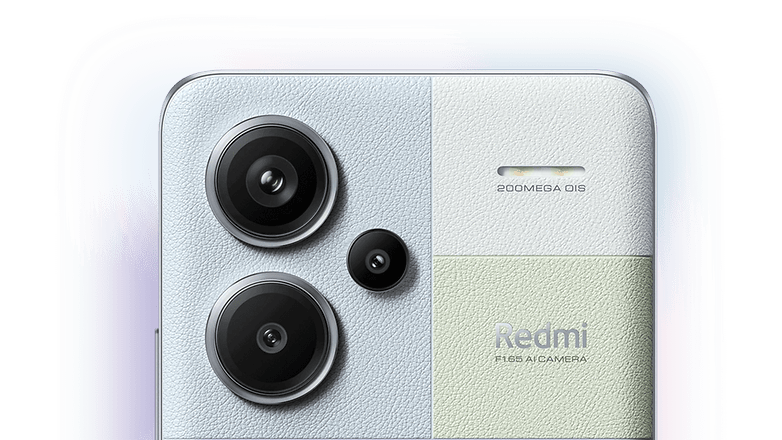
Xiaomi kept for the Redmi Note 13 family the same strategy used in 2023's Note 12 series: BIG NUMBERS. All five models offer a triple-camera setup, with rather mediocre 8 megapixels ultra-wide and 2 MP macro sensors. And the selfie cameras are all 16 megapixels. But forget those, all the marketing money went to the main cameras.
The base Redmi Note 13 models offer 108 megapixels main sensors, with an f/1.75 aperture, in a bid to beat competing phones in pixel count. Sensor size—and consequently pixel sizes—are relatively small, so expect to see lots of pixel-binning to get usable pictures, with final resolutions in the sub-20 MP mark.

The true highlight of the show, however, is the massive 200 MP sensor used in the Redmi Note 13 Pro models. Xiaomi often leads in adopting new high-resolution sensors made by Samsung, typically before Samsung's own mid-range models. The Note 13 Pro is equipped with another Isocell HM sensor from the South Korean company.
Similar to the base models, the mid-range sensors on the Note 13 Pros are smaller compared to the flagship components used on high-end models. Therefore, don't anticipate the same picture quality or nighttime performance as you would from a flagship device. We anticipate good daylight photos from the main camera, but our definitive assessment will be made after thoroughly testing the phones, as is customary.
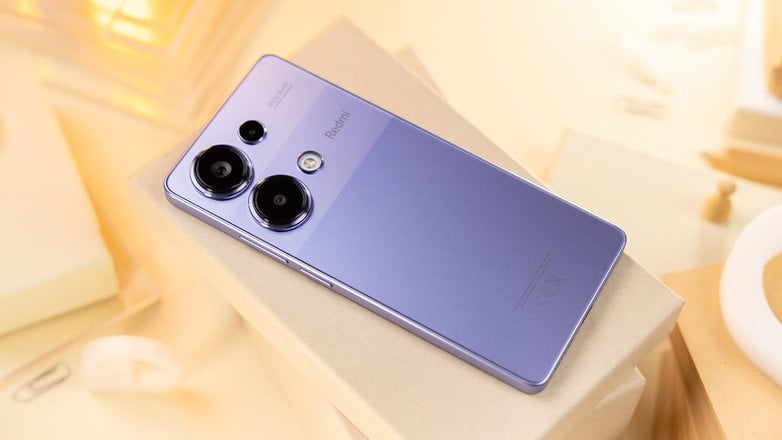
Redmi Note 13: MIUI or HyperOS software?
On the software side, no surprises. The Redmi Note 13 models all come from the factory with MIUI 14 over Android 13. In a nice change for 2024, the Pro models are listed on the Indian pages as having "3 Major Android Updates" and "4 Years Security Patch Updates". The update policy trumps every competitor, except for newer Samsung Galaxy A-models which offer four Android upgrades and five years of security updates.
For the base Redmi Note 13, Xiaomi promises the same number of years of security updates. But the "non-Pro" Note 13 are only promised two Android upgrades, which are still good enough for the category.
Redmi Note 13 charging and battery options
Except for the Redmi Note 13 Pro 5G, all 2024 Redmi Notes are equipped with a 5000 mAh battery. The 13 Pro 5G has a 100 mAh extra capacity—possibly due to the lower power efficiency of the Samsung-made Snapdragon 7s Gen 2.
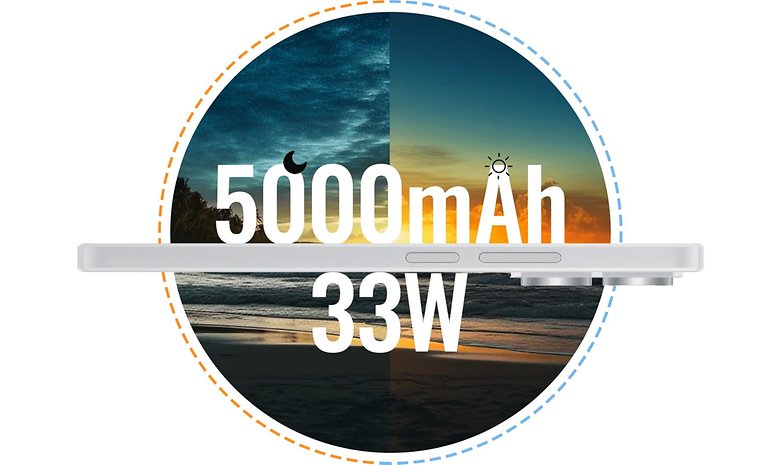
Charging-wise, Xiaomi keeps the good specs seen in the previous models, with the base Note 13 offering 33 W charging, the Note 13 Pros step up to 67 W, while the Note 13 Pro+ packs Xiaomi's HyperCharge 120W. And unlike Samsung, Google, and Apple, Xiaomi includes a charger in the box.
Conclusion
Xiaomi brought back the main selling points from the Redmi Note 12 series to 2024's Redmi Note 13 family, with high-resolution cameras, fast charging, and on paper a good price/performance ratio. Of course, we will only be sure after testing the devices, which nextpit will try to do with as many devices as possible.
Personally, I appreciate seeing Xiaomi taking a breather in the numbers game, and investing a bit more on the design side, with a renewed look for all models that gave them a more modern style. Critics can argue that the Chinese company doesn't have a cohesive look for its models, but that may be better than having all models from $150 up to $999 all having the same design.
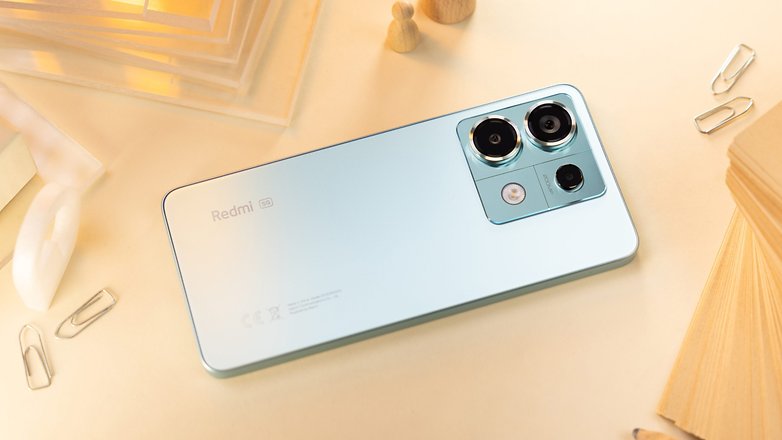
What do you think of the Redmi Note 13 family? Did you like the new look? Were you expecting more significant changes in specs or pricing? Share your opinions in the comments below!

